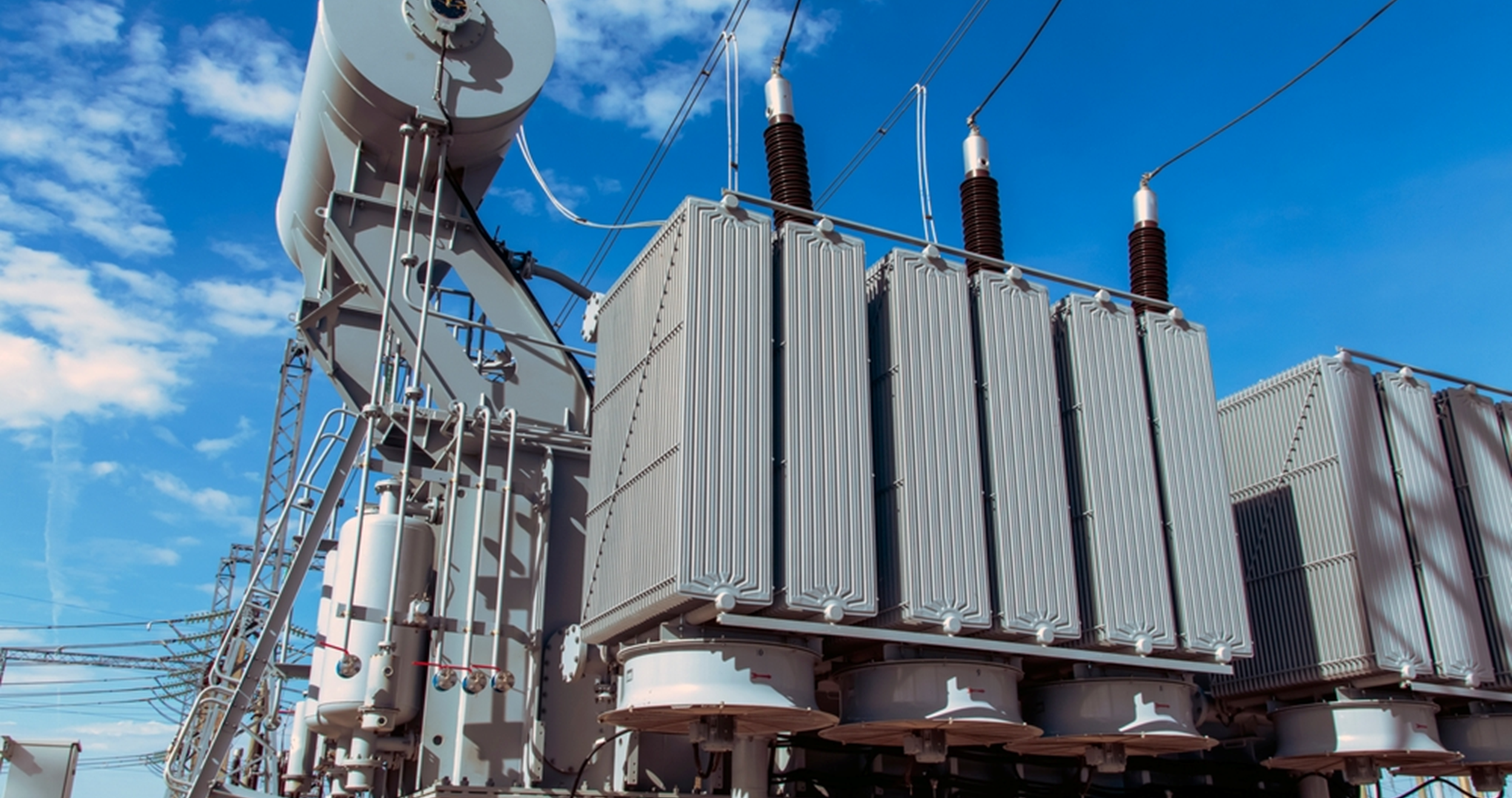Our recommendations
Last Update
29 January 2024
Electricity Rules Amendment 2024 – What it brings on table for Open Access Market in India & Why will it be serve a long mile for the country?
In Focus
The amendment addresses multiple facets pertaining to the establishment, functioning, and upkeep of dedicated transmission lines. In conjunction with this, Rule 21 from the prevailing Electricity Rules of 2005 is slated for renumbering and will be designated as Rule 24, accompanied by the incorporation of new regulations preceding it. The rule was introduced under the aegis of EA 2003, aiming at reducing the hassles of electricity supply for large C&I consumers and green energy sectors.
What Changes - What key points it covers & why was it required?
1. Licensing Requirements for Generation Companies (CPP’s, Energy Storage Systems) or Consumers with pre-qualified load quantum.
A notable modification relates to the licensing prerequisites applicable to entities engaged in electricity generation, the establishment of captive plants, Energy Storage Systems, or consumers with a load of a minimum of 25 MW for Inter-State Transmission System and 10 MW for Intra-State Transmission System. As per the amendment, such entities will be exempted from requiring a license under the Electricity Act for the establishment, operation, or maintenance of a dedicated transmission line connecting to the grid, on the condition that they adhere to the pertinent regulations, technical standards, guidelines, and procedures.
Mr. Ravi Shekhar, Director & Head, of Eninrac Consulting says “The OA market shall get a boon in the coming years in the country with C&I consumers opting more of the OA route. Also, the frequent switching of consumers from OA route to Grid shall not be a common phenomenon anymore. Eliminating the need for a license for dedicated transmission lines in the industrial sector will enhance the ease of doing business, fostering accelerated industrial growth and generating more employment opportunities.
This, coupled with the streamlining of open access charges, will expedite the industry's transition to renewable energy, contributing to a reduction in emissions. This coupled with the streamlining of open access charges, will expedite the industry’s transition of renewable energy, contributing a reduction in emissions.
Also, the said amendments shall ensure that discom losses are reduced and their viability increases; leading to them having able to provide better services to the consumers."
Impact of Licensing Requirements
It is noteworthy that this facility was already accessible to generating companies and captive generating stations.
2. Charges for utilizing the State Transmission Utility by consumers availing STOA (Short-term open access) or Temporary - GNA
Another pivotal element addressed in the amendment pertains to the fees associated with the utilization of the State Transmission Utility network by consumers opting for short-term open access or Temporary General Network Access (Temporary-GNA). The amendment specifies that these charges must not surpass one hundred ten percent of the fees imposed on consumers utilizing the State Transmission Utility network on a long-term or General Network Access basis.
Impact of Reduction in charges for GNA for STOA
3. Reduction in Additional surcharge for those availing GNA for Open Access
The provision includes specific conditions for the reduction of the additional surcharge for those availing General Network Access or Open Access, linearly decreasing over four years from the date of grant. Notably, the surcharge won’t apply for Open Access Consumers to the extent of maintaining their contract demand with the distribution licensees.
The amendment further defines General Network Access and Temporary-GNA in alignment with the Central Electricity Regulatory Commission (Connectivity and General Network Access to the inter-State Transmission System) Regulations, 2022.
The amendment further defines General Network Access and Temporary-GNA in alignment with the Central Electricity Regulatory Commission (Connectivity and General Network Access to the inter-State Transmission System) Regulations, 2022.
Impact of Reduction in Additional Surcharge for availing GNA
4. Implementation of cost-reflective pricing on the tariff front
Regarding tariff considerations, the amendment underscores the importance of implementing cost-reflective pricing, aiming to eliminate disparities between the sanctioned Annual Revenue Requirement and the projected annual revenue derived from the approved tariff. In instances where natural calamities contribute to a divergence, the amendment delineates precise conditions for its mitigation. It confines the gap to three percent of the approved Annual Revenue Requirement and mandates the formulation of a liquidation plan to be executed over a maximum of three equal yearly installments beginning from the subsequent financial year.
Implementation of Cost-reflective pricing on tariff front
In situations where natural calamities result in a gap, the amendment delineates precise conditions for its handling. It limits the gap to three percent of the approved Annual Revenue Requirement and mandates the development of a liquidation plan to be implemented over a maximum of three equal yearly installments commencing from the subsequent financial year.
- Communications Team
Do you want to seek Eninrac assistance in helping you resolve some critical business issues? Engage with us and reach out to our experts by using the Request for Proposal (RFP) form.
BEST VISION IS INSIGHT
Combine market knowledge and your skill to contribute value for end consumers

Transformer Sales Surge: ₹75,000 Crore Opportunity Ahead

Solar Parks Development Status in India

EU Solar Market 2024: Utility- Scale Resilience Amidst A Slumping Rooftop
Get started with
EI Market personalised demo
Complete the form to get in touch with our sales team to see our Visionboard platform in action. We'll show you how you can use eninrac to build a culture of action of consistently hunting down and eliminating poor market research expriences across your companies line of business


